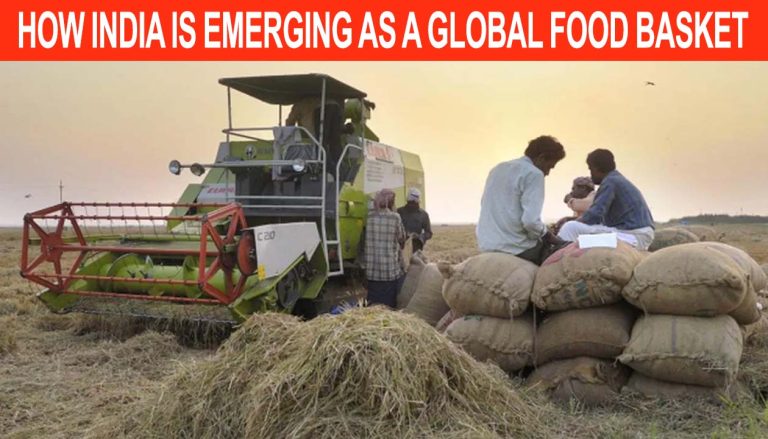
Which Country Produces the Most Grapes
Which Country is the Largest Producer of Grapes in the World?
As of the latest available data, China is the world’s largest producer of grapes. In 2023, China harvested approximately 13.56 million tonnes of grapes, maintaining its position as the leading global producer.
The top grape-producing countries in 2023 were:
1. China – 13.56 million tonnes
2. Italy – 6.67 million tonnes
3. France – 6.21 million tonnes
4. United States – 5.36 million tonnes
5. Spain – 4.82 million tonnes
China’s dominance in grape production is attributed to its vast cultivation areas, particularly in regions like Xinjiang, which offer favorable climates for grape growing. The country’s production includes both table grapes and varieties used for wine.
It’s worth noting that while traditional wine-producing countries like France and Italy remain significant players, climate change and evolving agricultural practices are influencing global grape production trends.
op Grape Producing Country: China
China is the largest producer of grapes in the world.
- 📍 Production Volume (2023): 13.56 million tonnes
- 🌍 Global Rank: #1
- 🌱 Key Growing Region: Xinjiang Province
Why China Leads in Grape Production
China’s dominance can be attributed to:
- A vast area of cultivation dedicated to both table grapes and wine varieties.
- Favorable climate conditions, especially in the Xinjiang region.
- Strong domestic demand for grapes in various forms.
Amazing Facts about Grapes
- They’ve Been Around for Ages: Grapes have been cultivated for over 6,000 years and were one of the earliest fruits to be domesticated.
- Used in Many Forms: Grapes can be eaten fresh, dried into raisins, or fermented to produce wine.
- Packed with Nutrients: Grapes are rich in antioxidants like resveratrol, known for their heart health benefits.
- Over 10,000 Varieties Exist: From table grapes to wine grapes, there are thousands of grape types grown across different climates.
- One of the Most Consumed Fruits: Grapes are among the top fruits consumed globally, thanks to their versatility, flavour, and health benefits.
Note: These numbers are based on recent data from 2023–2024, primarily sourced from the Food and Agriculture Organisation (FAO) and World Population Review.









